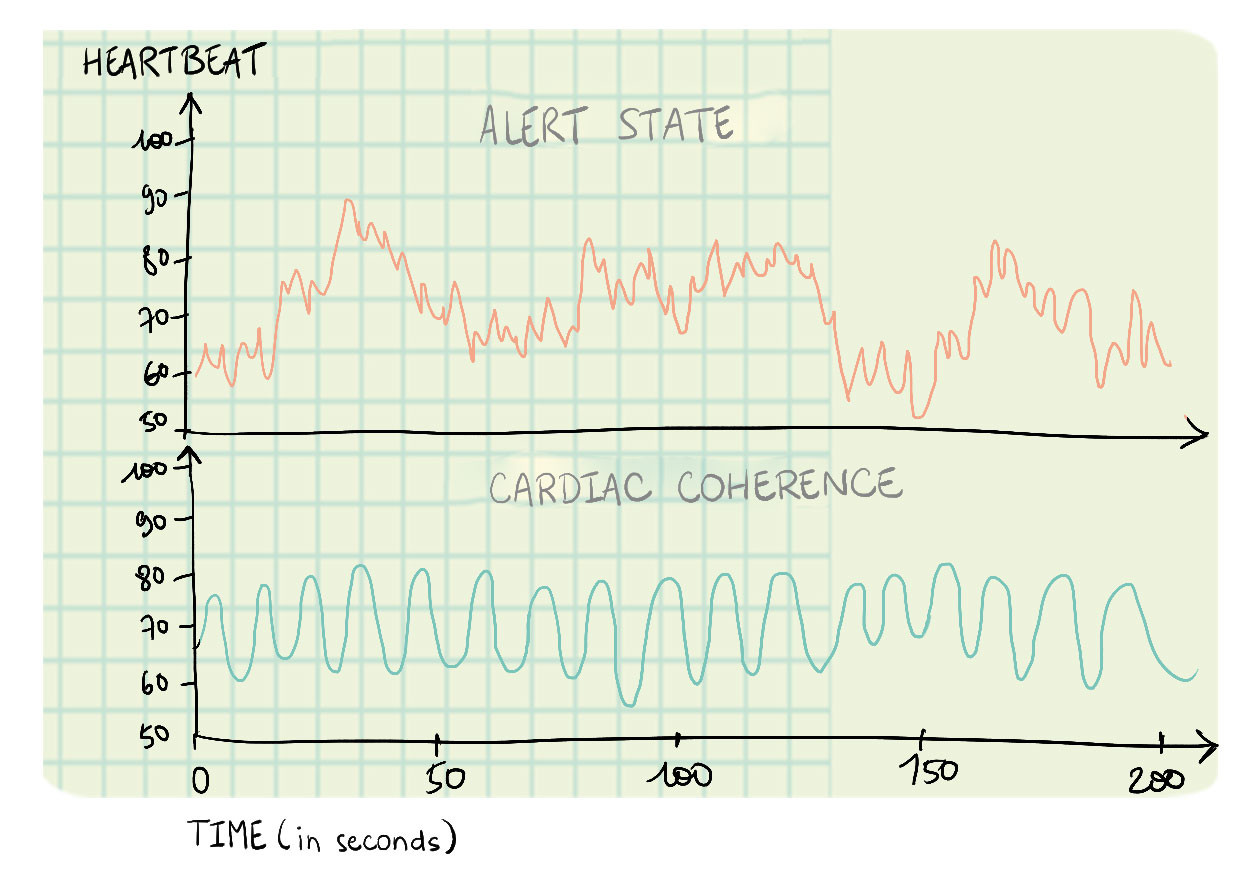
VAP was not associated with increased hospital mortality, but VAP is associated with significant morbidity in patients with severe traumatic brain injury ( 15).Alexander VK (2005) Applications of Maharishi vedic science to developmental psychology. Study of Zygun and colleagues resulted that patients with polytrauma were at higher risk for development of VAP than patients with isolated head injury. Between the two groups there was a statistically significant difference (p = 0.026). Our study showed that 29 (53,7%) patients with traumatic SAH and 7 (14%) patients with spontaneous SAH had ventilator-associated pneumonia. There were significantly higher frequency of occurrence of ECG morphologic abnormalities (66% vs 37%, p=0.001) and nonspecific ST- or T wave changes (NSSTTCs 32% vs 12%, p=0.015) in the non survivors compared with those in the survivors ( 14). Compared with the survivors (n=178), the non survivors (n=44) had significantly slower heart rate p=0.018) and more prolonged QTc (p=0.001). Huang and colleagues studied prospectively a cohort of 222 adult patients with spontaneous SAH. There was no difference in mortality between the cardiac abnormality and control groups (p=0.33) ( 13). Only age was determined to be an independent statistically significant predictor of cardiac abnormality (p=0.01).

Of these patients, 50% (n=133) demonstrated cardiac abnormalities as indicated by abnormal EKG, ECHO, or troponin I. Klaudia and colleagues analyzed study of 266 patients. In total, 141 patients (17%) died in the hospital ( 12). Delayed cerebral ischemia (DCI) occurred in 223 patients (27% median delay to DCI, 4 days IQR: 5 days). The median delay from SAH onset to NPE was 3 days (interquartile range : 5 days). Neurogenic pulmonary edema (NPE) occurred in 192 patients (23%). The frequency of ECG abnormalities for all enrolled patients was 65%. Zhang in his study included 834 patients with non traumatic SAH showed the following results. Macrea and colleagues analyzed eight studies (386 patients), where they found ECG abnormalities in 32% of patients with minimal, 55% with moderate, and 58% with severe neurological deficit (p < 0.0001) in patients with spontaneous SAH ( 1). Atrial fibrillation was present in 23 (42,5%) patients with traumatic SAH while in the second group, patients with spontaneous SAH was at 6 (12%) patients that had statistically significant difference (p=0,043%). In our study, ECG abnormalities were found in 40 (74%) of patients with traumatic SAH and in 32 (64%) of patients with spontaneous SAH. Hypotension was rarely represented in percentages, but there was statistically significant difference comparing both groups (p=0,02). Hypertension is also the most common cardiac complication in patients with SAH (73,6%) ( 9). In our study the most frequent cardiac complications was hypertension, that prevailed in the group with spontaneous SAH (72%) and had a statistically significant difference (p = 0.034). Mortality in patients with SAH is still very high, despite substantial qualitative progress in their treatment. Medical management cardiac dysfunction be required treatment before and after surgical ( 11). In addition to the classic “canyon T waves”, non specific T-wave changes, Q-T prolongation, ST-segment depression, and U waves have been described ( 10). The severity of the dysfunction correlates best with the severity of the neurologic injury, it is thought to be catecholamine mediated ( 9).

SAH can result in a reversible, “stunning”–like myocardial injury.

Prolonged Q-T interval (>550 msec) occurs frequently after SAH ( 7) and has been associated with an increased incidence of malignant ventricular rhythms including torsades de pointes ( 8). The most common cardiac abnormality are atrial and ventricular arrhythmias ( 6). The severity of the myocardial dysfunction and troponine release correlates with severity of the neurologic injury ( 5). Neurocardiogenic injury or stress cardiomyopathy is associated with subarachnoid hemorrhage, intracranial hypertension and cerebral ischemia, present with mild troponin release ( 3), hemodynamically instability, hypertension and ECG abnormality with arrhythmias ( 4). Mortality and morbidity from SAH are mostly secondary to rebleeding of unsecured aneurysms and the delayed ischemic deficit or infarction from arterial vasospasm ( 2). In the critically ill neurosugical patients cardiac complication are prevalent ( 1).


 0 kommentar(er)
0 kommentar(er)
